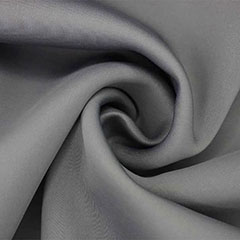Polartec Fabric Guide
Introduction of Polartec Fabric
Polartec fabric (Polartec fabrics) is a high-performance fleece material developed in the USA. Made from recycled polyester, it offers lightweight, warm, quick-drying and breathable properties.
The Polartec fabrics series includes various types like Classic (basic), Power Dry (moisture-wicking) and Wind Pro (windproof), widely used in outdoor apparel and gear.
Polartec fabric is renowned for its durability and eco-friendliness, making it a top choice for professional outdoor brands.
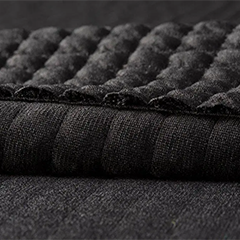
Polartec Fabric
Types of Polartec Fabric
Polartec Classic
Basic fleece fabric
Lightweight, breathable, and warm
Used in mid-layer garments
Polartec Power Dry
Moisture-wicking performance
Quick-drying and breathable
Ideal for base layers
Polartec Wind Pro
Wind-resistant fleece
4x more windproof than Classic
Suitable for outer layers
Polartec Thermal Pro
High-loft insulation
Extreme warmth-to-weight ratio
Used in cold-weather gear
Polartec Power Stretch
4-way stretch fabric
Form-fitting and flexible
Common in activewear
Polartec Alpha
Dynamic insulation
Regulates temperature during activity
Used in performance apparel
Polartec Delta
Advanced moisture management
Mesh-like structure for cooling
Designed for high-intensity activities
Polartec Neoshell
Waterproof and breathable
Soft-shell alternative
Used in outerwear
Why Choose Polartec?
Polartec® fabrics are the preferred choice for outdoor enthusiasts, athletes, and military personnel due to their superior performance, innovation, and sustainability.
Polartec Fabric vs Other Fabrics
Polartec vs. Traditional Fleece
| Feature | Polartec Fabric | Regular Fleece |
|---|---|---|
| Warmth | High warmth-to-weight ratio (varies by type) | Bulky, less efficient insulation |
| Breathability | Engineered for active use (e.g., Alpha, Power Dry) | Often traps heat and sweat |
| Moisture-Wicking | Advanced moisture management (e.g., Delta, Power Dry) | Absorbs moisture, dries slowly |
| Wind Resistance | Options like Wind Pro & NeoShell block wind | No inherent wind resistance |
| Durability | Resists pilling and wear | Prone to pilling over time |
| Eco-Friendliness | Many fabrics use recycled materials | Typically virgin polyester |
Polartec vs. Merino Wool
| Feature | Polartec Fabric | Merino Wool |
|---|---|---|
| Warmth | Consistent even when wet | Warm but loses insulation when damp |
| Moisture-Wicking | Faster drying (synthetic) | Natural moisture control |
| Odor Resistance | Good (some blends with silver ions) | Naturally anti-microbial |
| Durability | Highly durable, resists abrasion | Can shrink/weaken if mishandled |
| Weight | Lightweight options available | Heavier for similar warmth |
| Sustainability | Recycled options available | Natural but resource-intensive |
Guide to the Best Laser Power for Cutting Fabrics
In this video, we can see that different laser cutting fabrics require different laser cutting powers and learn how to choose laser power for your material to achieve clean cuts and avoid scorch marks.
Recommended Polartec Laser Cutting Machine
Typical Applications of Laser Cutting of Polartec Fabric
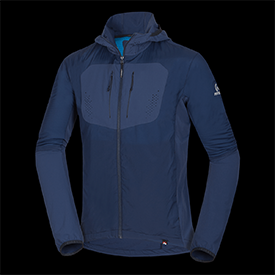
Apparel & Fashion
Performance Wear: Cutting intricate patterns for jackets, vests, and base layers.
Athletic & Outdoor Gear: Precise shaping for breathable panels in sportswear.
High-End Fashion: Custom designs with smooth, sealed edges to prevent unraveling.
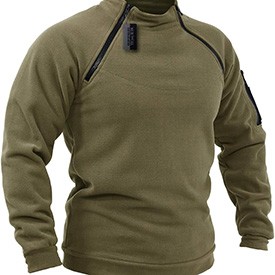
Technical & Functional Textiles
Medical & Protective Clothing: Clean-cut edges for masks, gowns, and insulation layers.
Military & Tactical Gear: Laser-cut components for uniforms, gloves, and load-bearing equipment.
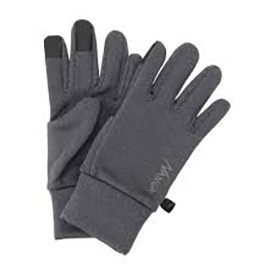
Accessories & Small-Scale Products
Gloves & Hats: Detailed cutting for ergonomic designs.
Bags & Packs: Seamless edges for lightweight, durable backpack components.
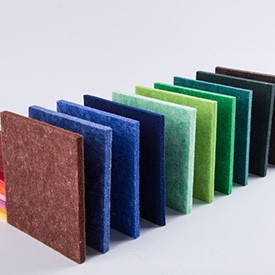
Industrial & Automotive Uses
Insulation Liners: Precision-cut thermal layers for automotive interiors.
Acoustic Panels: Custom-shaped sound-dampening materials.
Laser Cut Polartec Fabric: Process & Advantages
Polartec® fabrics (fleece, thermal, and technical textiles) are ideal for laser cutting due to their synthetic composition (typically polyester).
The laser’s heat melts the edges, creating a clean, sealed finish that prevents fraying—perfect for high-performance apparel and industrial applications.
① Preparation
Ensure the fabric is flat and free of wrinkles.
Use a honeycomb or knife table for smooth laser bed support.
② Cutting
The laser melts the polyester fibers, creating a smooth, fused edge.
No additional hemming or stitching is needed for most applications.
③ Finishing
Minimal cleanup required (light brushing to remove soot if needed).
Some fabrics may have a slight "laser smell," which dissipates.
FAQS
Polartec® is a high-performance, synthetic fabric brand developed by Milliken & Company (and later owned by Polartec LLC).
It’s best known for its insulating, moisture-wicking, and breathable properties, making it a favorite in athletic wear, outdoor gear, military apparel, and technical textiles.
Polartec® is superior to regular fleece due to its high-performance engineered polyester, which offers better durability, moisture-wicking, breathability, and warmth-to-weight ratio. Unlike standard fleece, Polartec resists pilling, includes eco-friendly recycled options, and features specialized variants like windproof Windbloc® or ultra-light Alpha® for extreme conditions.
While more expensive, it’s ideal for outdoor gear, athletic wear, and tactical use, whereas basic fleece suits casual, low-intensity needs. For technical performance, Polartec outperforms fleece—but for everyday affordability, traditional fleece may suffice.
Polartec fabrics are primarily manufactured in the United States, with the company’s headquarters and key production facilities located in Hudson, Massachusetts. Polartec (formerly Malden Mills) has a long history of U.S.-based manufacturing, though some production may also occur in Europe and Asia for global supply chain efficiency.
Yes, Polartec® is generally more expensive than standard fleece due to its advanced performance features, durability, and brand reputation. However, its cost is justified for technical applications where quality matters.
Polartec® offers varying levels of water resistance depending on the specific fabric type, but it’s important to note that most Polartec fabrics are not fully waterproof—they’re designed for breathability and moisture management rather than complete waterproofing.
The warmest Polartec® fabric depends on your needs (weight, activity level, and conditions), but here are the top contenders ranked by insulation performance:
1. Polartec® High Loft (Warmest for Static Use)
Best for: Extreme cold, low activity (parkas, sleeping bags).
Why? Ultra-thick, brushed fibers trap maximum heat.
Key Feature: 25% warmer than traditional fleece, lightweight for its loft.
2. Polartec® Thermal Pro® (Balanced Warmth + Durability)
Best for: Versatile cold-weather gear (jackets, gloves, vests).
Why? Multi-layer loft resists compression, retains heat even when wet.
Key Feature: Recycled options available, durable with a soft finish.
3. Polartec® Alpha® (Active Warmth)
Best for: High-intensity cold-weather activities (skiing, military ops).
Why? Lightweight, breathable, and retains warmth when wet or sweaty.
Key Feature: Used in U.S. military ECWCS gear ("puffy" insulation alternative).
4. Polartec® Classic (Entry-Level Warmth)
Best for: Everyday fleece (mid-layers, blankets).
Why? Affordable but less lofty than High Loft or Thermal Pro.







